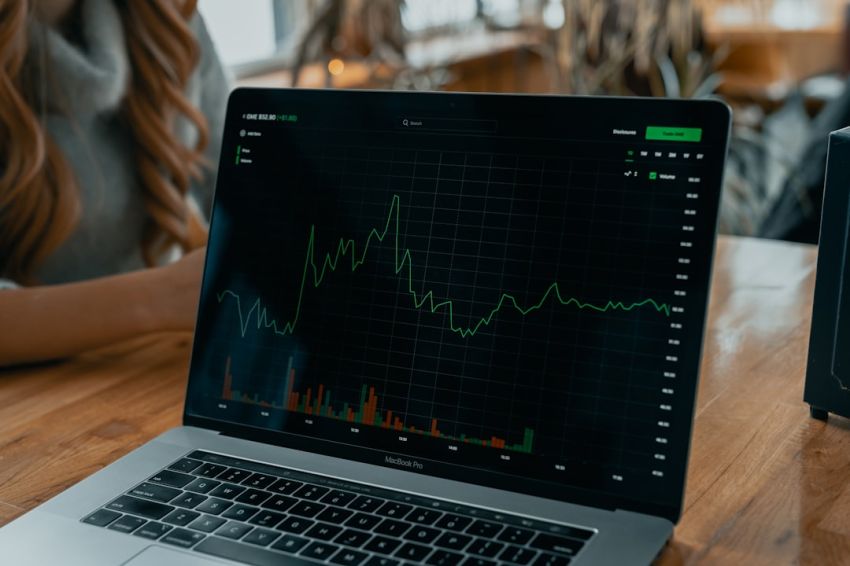Stock trading involves a variety of strategies and tactics that investors can use to buy and sell shares in the financial markets. One crucial aspect of trading stocks is understanding the different types of stock orders that can be placed. These orders dictate how and when a trade will be executed, and knowing the various order types can help investors make more informed decisions and manage their risks effectively.
Market Orders
Market orders are the most straightforward type of stock order. When you place a market order, you are instructing your broker to buy or sell a stock at the current market price. This means that the order will be executed immediately at the prevailing market rate. Market orders are suitable for investors who want to execute trades quickly and are less concerned about the specific price at which the trade is executed.
Limit Orders
Limit orders allow investors to set a specific price at which they are willing to buy or sell a stock. When you place a limit order to buy, you specify the maximum price you are willing to pay for the stock. Conversely, when you place a limit order to sell, you set the minimum price at which you are willing to sell your shares. Limit orders provide more control over the price at which a trade is executed but may not be filled if the stock price does not reach the specified limit.
Stop Orders
Stop orders, also known as stop-loss orders, are designed to limit potential losses or protect profits. When you place a stop order, you specify a trigger price at which the order will be activated. If the stock price reaches the trigger price, the stop order becomes a market order and is executed at the prevailing market price. Stop orders are commonly used to minimize losses in case a stock’s price moves against the investor’s position.
Stop-Limit Orders
Stop-limit orders combine the features of stop orders and limit orders. With a stop-limit order, you set a trigger price like a stop order, but you also specify a limit price. If the stock price reaches the trigger price, the stop-limit order becomes a limit order to buy or sell at the limit price or better. Stop-limit orders provide more control over the execution price but may not be filled if the stock price moves rapidly through the limit price.
Trailing Stop Orders
Trailing stop orders are dynamic orders that adjust automatically based on the stock’s price movement. With a trailing stop order, you set a percentage or a dollar amount that the stock price can fall from its peak before triggering the order. As the stock price increases, the trailing stop price also rises, maintaining the specified distance from the stock’s highest price. Trailing stop orders help investors lock in profits while allowing room for the stock to continue appreciating.
Day Orders vs. Good ’til Cancelled Orders
Day orders are valid only for the trading day on which they are placed. If the order is not executed by the end of the trading day, it is automatically canceled. In contrast, good ’til cancelled (GTC) orders remain active until they are filled or canceled by the investor. GTC orders allow investors to set longer-term trading strategies without the need to re-enter the order daily.
Closing Thoughts on Stock Orders
Understanding the different types of stock orders is essential for navigating the complexities of the financial markets. Each order type serves a specific purpose and offers unique advantages and limitations. By choosing the right type of stock order based on your trading objectives and risk tolerance, you can enhance your trading efficiency and potentially improve your investment outcomes. Whether you prefer the immediacy of market orders, the control of limit orders, or the protection of stop orders, incorporating a variety of order types into your trading toolkit can help you become a more informed and disciplined investor.










